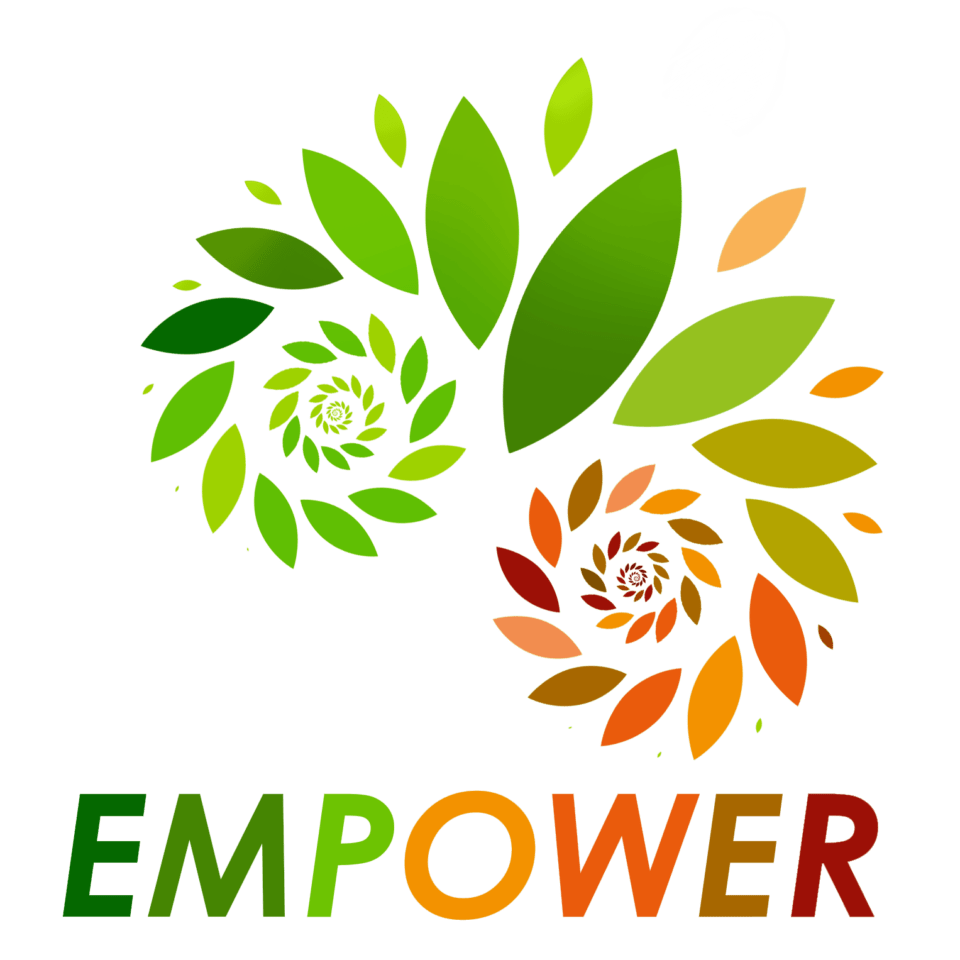RAIN Meditation
What is What is RAIN meditation? about ?
RAIN meditation is a powerful tool to support participants in becoming aware of their strong and challenging emotions and finding a way to unfold the insights these emotions offer. This practice is easy to learn and holds enormous potential for soothing the heart, gaining insights into our own psyches, and healing emotional wounds.
RAIN is an acronym:
R - Recognize (naming or acknowledging what is going on)
A - Allow (pausing to give space for life to be as it is)
I - Investigation (looking more closely at what is happening)
N - Nurture (offering ourselves compassion and potential healing)
RAIN is used when we want to offer a tool for knowing ourselves more deeply, for inner awareness, and for relieving the suffering that comes with strong challenging emotions. It is excellent for developing self-compassion.
Who is RAIN meditation for?
Is participant experience relevant for RAIN Meditation ?
What requirements are there for RAIN meditation?
comfortable seating for all participants, a combination of meditation cushions and chairs is ideal.
Run Through for RAIN meditation
Clear a space where participants can sit or lie down comfortably.
It should be a quiet space where you won’t be disturbed.
Arrange chairs or cushions & blankets in a circle.
According to Michele McDonald “All we need is already inside us. We just have to access it.” :)
Give an overview
OPTIONAL: Guided Reflection on Allowing (or saying Yes)
Lead the meditation
AFTER THE RAIN
Harvesting RAIN meditation
It's wonderful to follow this practice with 5-15 minutes of journaling. An opportunity to reflect privately and integrate what may have come up.
You could follow that with a full group debrief, inviting reflections and sharing with everyone.
IF SOMEONE SHARES SOMETHING INTENSE like a recent cancer diagnosis or “my daughter was in a car accident”, you can say to the rest of the group “Has anyone else here or someone dear to you ever received a diagnosis like that” and the hands go up and then you can hold it as a group. Not feel alone in it. Or you can have the person come up to the front (or the centre of the circle) and everyone can gaze at them lovingly and invite the person to keep their eyes open and really take in the compassion and the support. This activity is healing for everyone.
Does RAIN Meditation work online?
RAIN meditation absolutely works online! As long as the participants can hear you well, it can be presented, guided, and practiced online.
Impact

project

ERASMUS +
Co-funded by the Erasmus+ Program of the European Union. Find more information about the program and its goals here: https://erasmus-plus.ec.europa.eu/.
Views and opinions expressed are however those of the author(s) only and do not necessarily reflect those of the European Union or the European Education and Culture Executive Agency (EACEA). Neither the European Union nor EACEA can be held responsible for them.

Creative Commons license:
CC-BY-SA You are free to distribute, remix, adapt, and build upon the material in any medium or format, even for commercial purposes with mention of the source: Transformation Hosts International, www. hostingtransformation.eu. If you remix, adapt, or build upon the material, you must license the modified material under identical terms.



